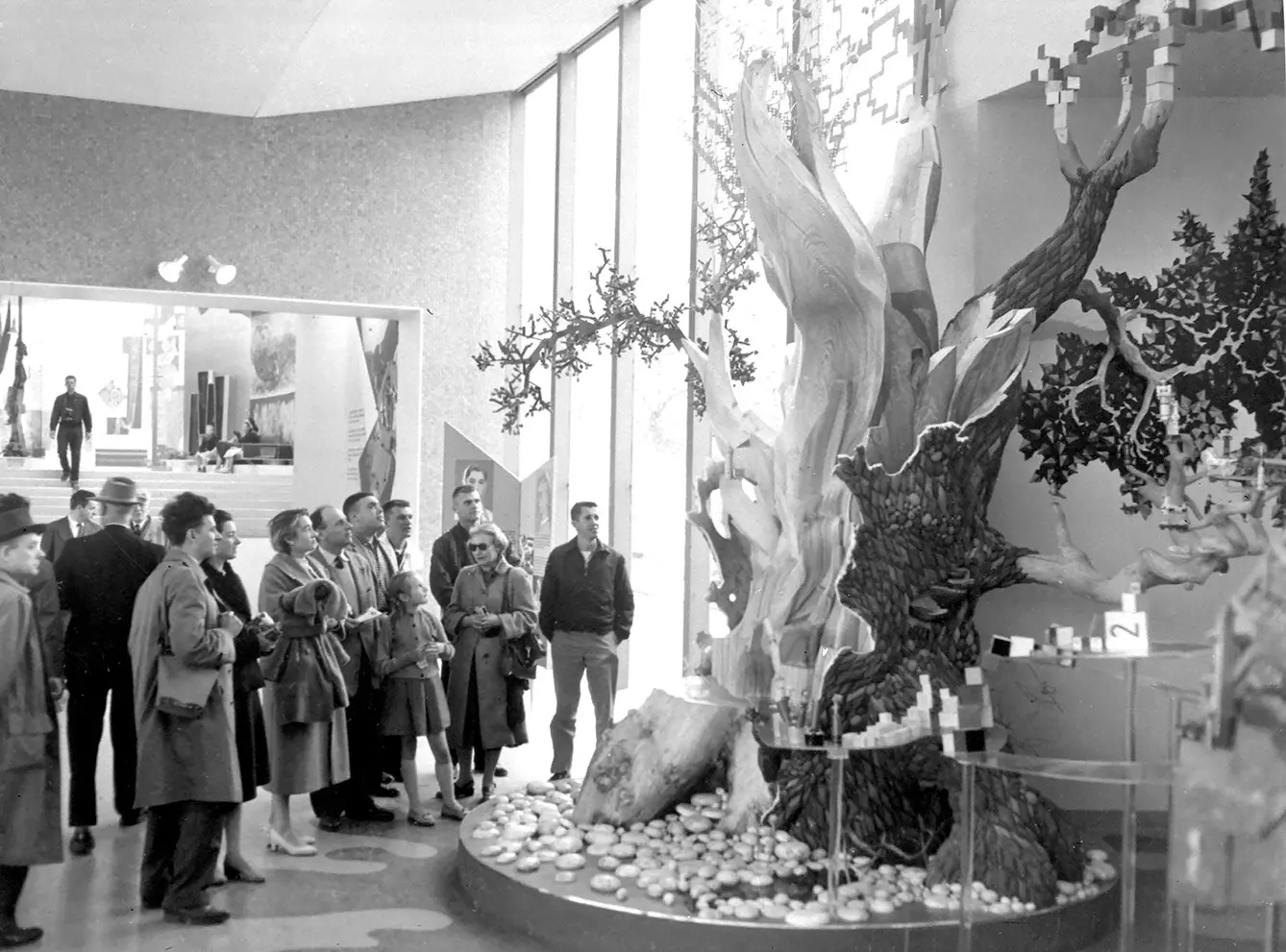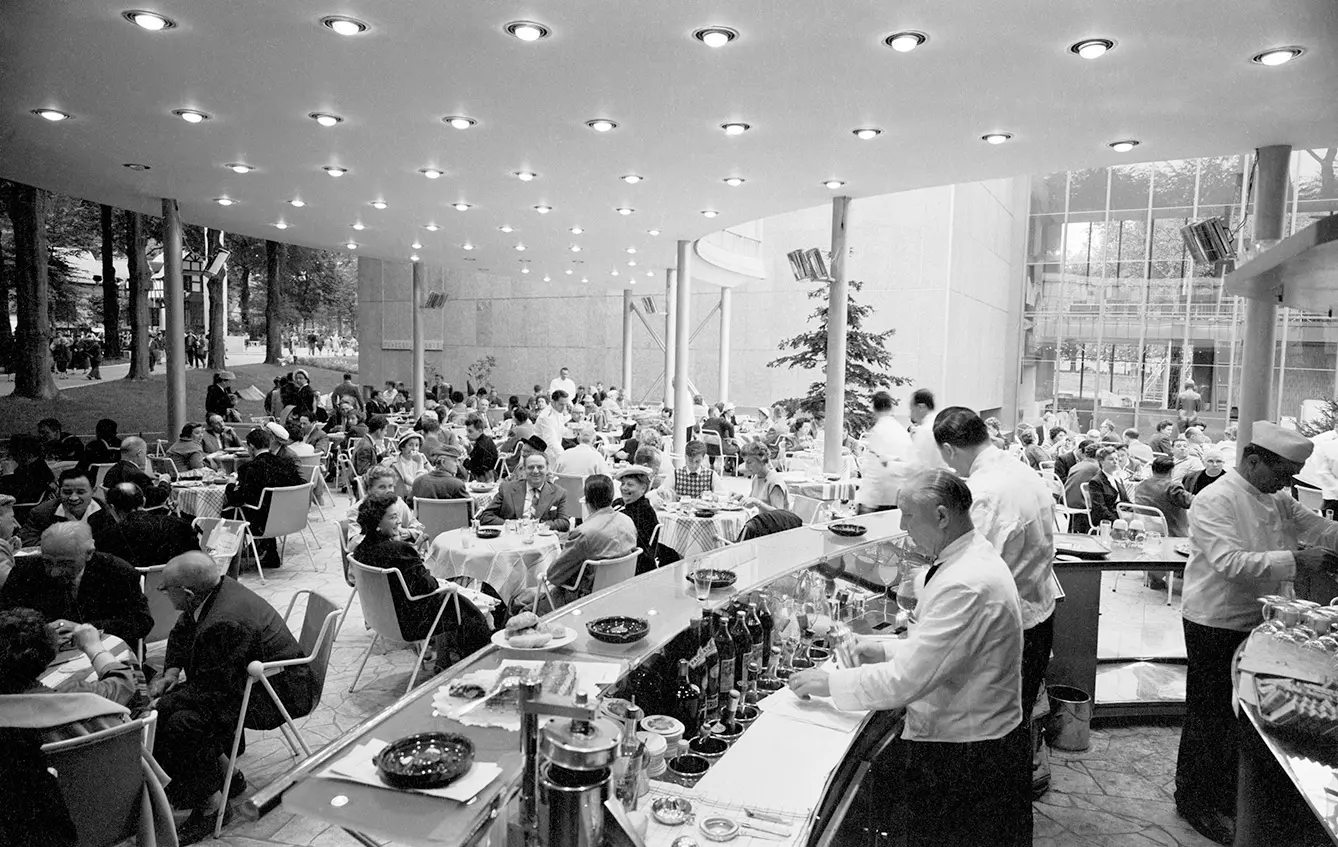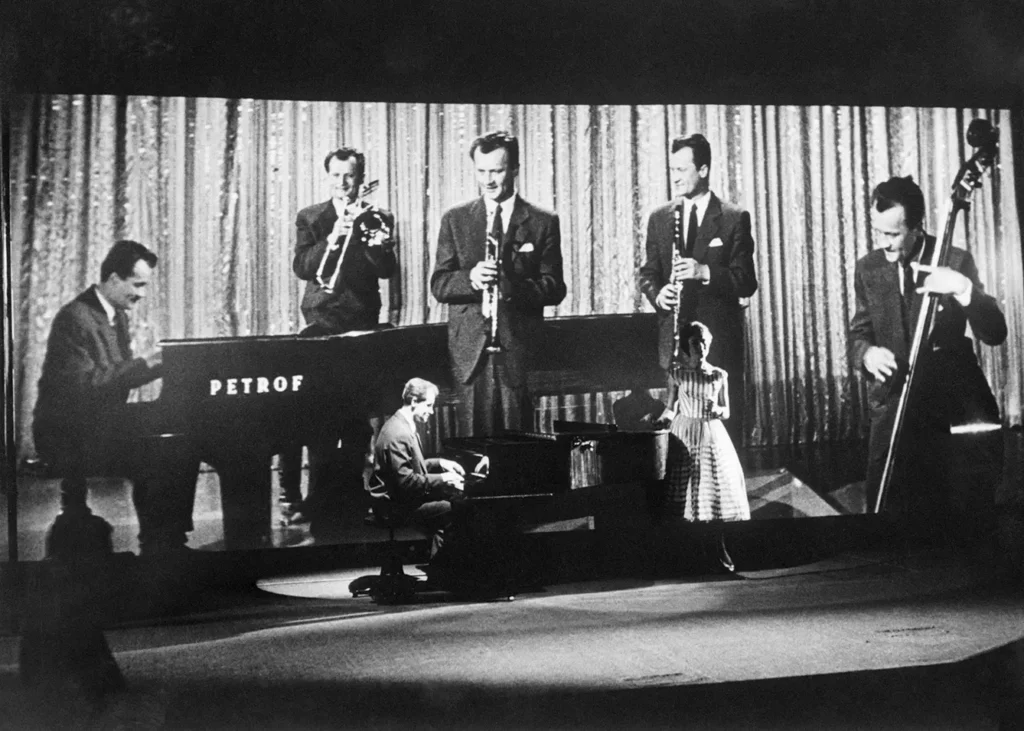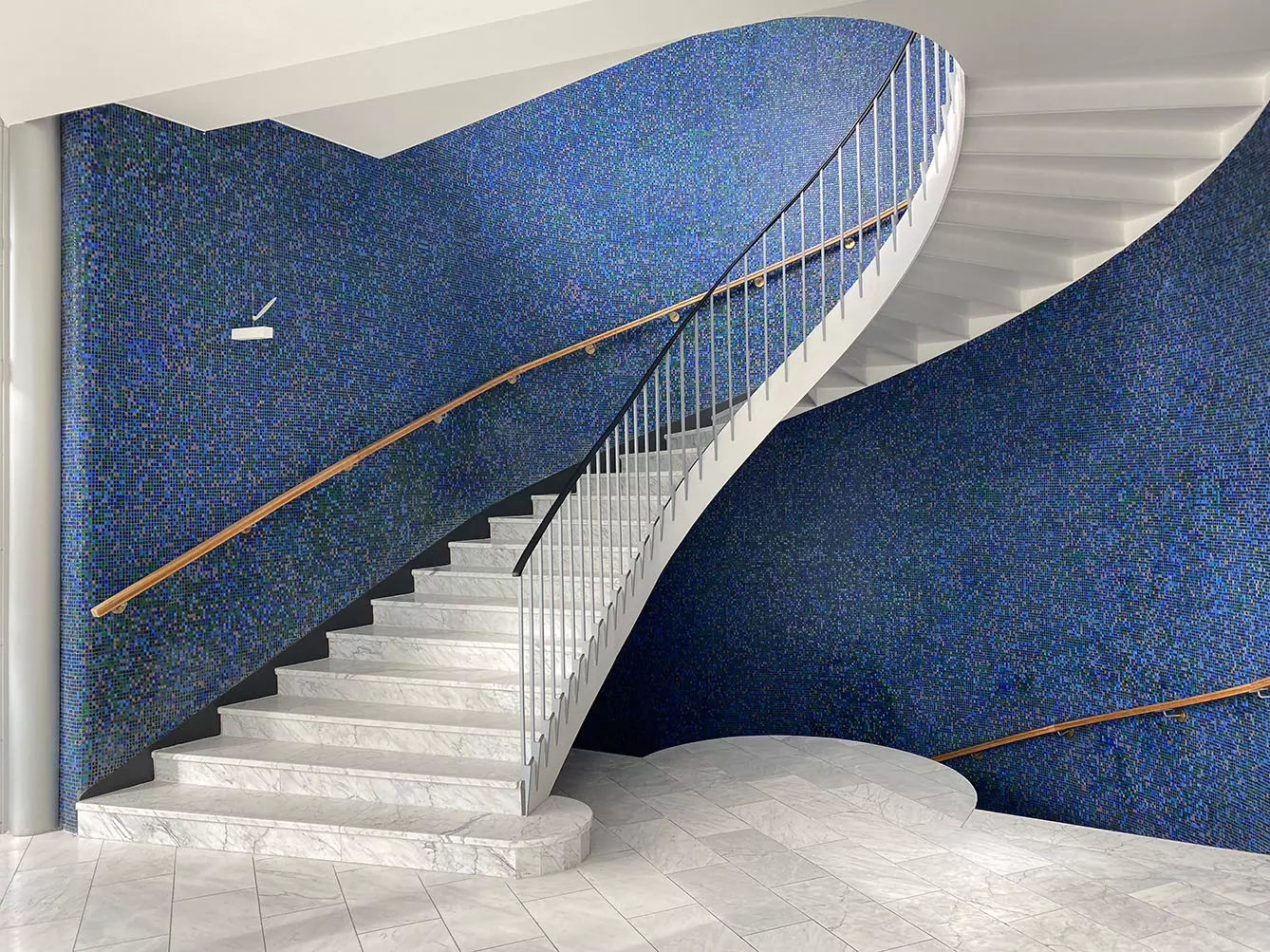The year 1958 was full of fantastic events that changed the world. It witnessed the creation of instant noodles in Taiwan; German company Bosch introduced its first automatic washing machine; the first patient ever was given a pacemaker (a device that helps your heartbeat), and it marks the year that NASA was founded.
In Brussels, Belgium, the World EXPO’s great world exhibition took place for the first time after the Second World War. The city of Brussels dedicated 2 square kilometers of its land and divided it into several districts. In those districts, over 150 buildings rose, representing 46 countries, eight international organizations, several private companies, and other entities.
Expo ’58: One day in Czechoslovakia
The gates of the World Expo 1958 in Brussels opened on 17 April 1958, and over 150,000 visitors visited the EXPO on the first day. It did not take long, and Pavillion of the Czechoslovak Socialist Republic became one of the most visited. It seemed that the Czechoslovak Pavilion enchanted not only Brussels but the whole world. International newspapers praised the Czechoslovakian Pavillion for its looks, conception, and interior.


When other nation pavilions bragged about their successes, Czechoslovakia painted a different image of itself. The Pavilion was an ambient place with silent music and filled with old art mixed with modern design. The Pavilion also provided a subtle mix of folklore and new technologies. Displaying economic successes, free healthcare, and education, Czechoslovakia proved it had a rightful place on the world stage.
Laterna Magika… the artistic path to victory
The goal was to present Czechoslovakia as a beautiful dream. A dream of a brighter tomorrow with solid ties to the past. A future independent of your origin, political orientation, or language. Simply a bright future for all of humanity. This artistic impression helped over 6 million visitors to dream the vision of the world of tomorrow. Laterna Magika (Eng. the Magician’s Lantern) was one of the tools that allowed people to dream.

What is Laterna Magika? It’s a unique combination of film, theatre, music, and live show authored by Alfred Radok, Josef Svoboda, and later Oscar-winning Milos Forman. The idea contributed significantly to the pavilion’s success. It was the first multimedia show that attracted unprecedented international attention. After the great success, the show also debuted in Prague. Proving itself as a successful and popular program, Laterna Magika became a vital part of the Czech National Theatre show, reappearing during the next EXPOs.
A renowned – and lasting – success of Czechoslovak Expo ’58
The Pavilion, accompanied by the Czechoslovakian Restaurant, became a popular place for great food and beer. The dishes offered were traditionally Czechoslovak, such as Czech Goulash, Slovakian halušky, svíčková (beef sirloin with cream sauce), or roasted duck with sauerkraut and dumplings. Pilsner Urquell was on tap, and Becherovka with slivovitz was poured. You probably heard about the Berlin airlift, but how about the Prague-Brussels airlift? The Czechoslovakian restaurant was restocked directly from Prague by plane every month. Planes transported tons of meat, butter, eggs, and vegetables to keep the dishes fresh and as authentic as possible.


The lines for the Pavilion and the restaurant were one of the longest on Brussel EXPO 58 grounds. It is safe to say that the Czechoslovakian presence at EXPO 58 was a success beyond imaginable. In the end, the Pavilion of the Czechoslovak Socialist Republic received the highest award of the World EXPO – The Gold Star.
Don’t be sad that you cannot visit the Czechoslovakian Pavilion from EXPO 58, because you can – or at least part of it. The Pavilion itself was disassembled and transported back to the Holesovice district in Prague; though, it sadly burned down in 1991. However, the restaurant from the Czechoslovakian Pavilion was placed on the higher bank of the Vltava River in Letna and serves as a tourist attraction and art gallery to this day. So what are you waiting for? Come and see the success of Czechoslovakia on your own!







